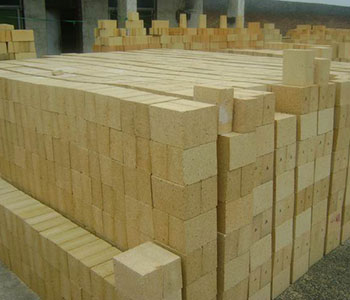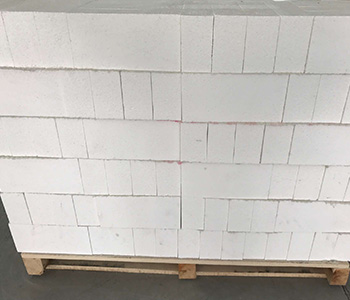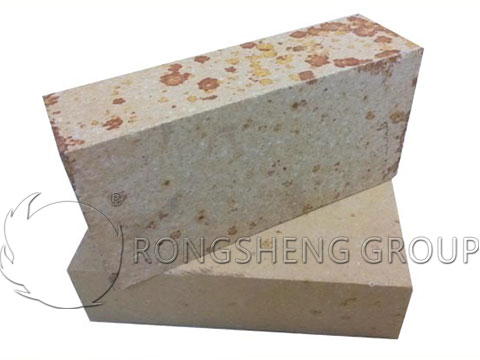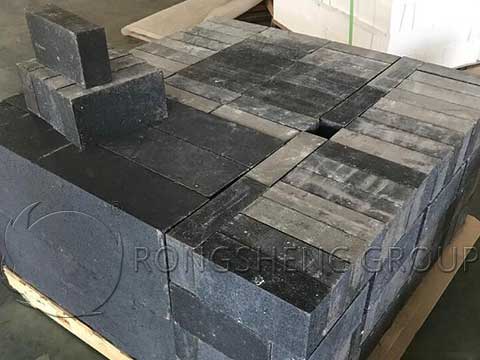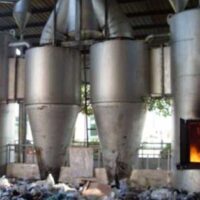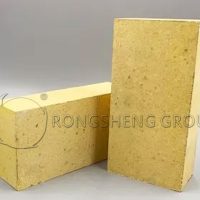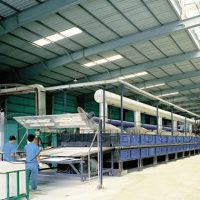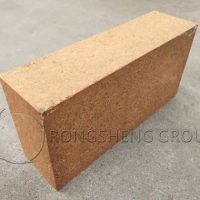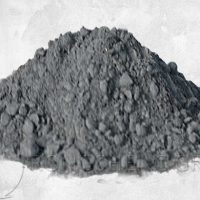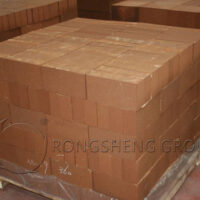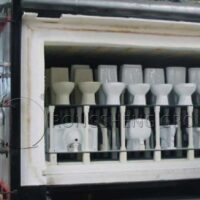Refractory for sale has always been the most concerned issue for customers. When we communicate with customers in the early stage, we often encounter customers inquiring about the refractory brick price list, the shortest delivery time, etc. For customers who are making online consultations for the first time, our online customer service cannot give these customers a very precise answer.
Because of the changes in the economic environment, there are many uncertain factors in the procurement cost of raw materials and the negotiation of delivery freight. In addition, the material of refractory bricks, the indicators of refractory bricks, the shape and size of refractory bricks, etc. are different, the cost of refractory bricks is different, and the ex-factory price of refractory bricks will also be different. Some refractory bricks are 3-5 yuan per piece, some refractory bricks are more than ten yuan 1 piece, some refractory bricks are several hundred yuan one piece, and even tens of thousands of yuan a piece of refractory bricks.
Therefore, Rongsheng refractory factory recommends that customers who purchase refractory bricks should purchase refractory bricks that meet production needs, preferably with a longer service life than the previous refractory brick lining. Purchasing such refractory bricks is the most economical.
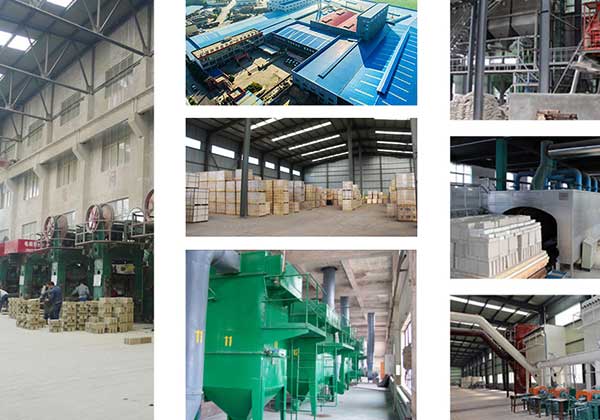
Let’s take a look at some basic information about refractory materials for sale, hoping to help you in your purchase. It can also help you solve the refractory brick price problem of some refractory bricks.
First of all, among common refractory materials, what types of refractory bricks are there? For refractory bricks of many materials, such as clay refractory bricks, high alumina refractory bricks, mullite refractory bricks, corundum refractory bricks, magnesia bricks, carbon bricks, etc., how to choose? Refractory bricks of different materials, the raw materials used and the formula used are also different. Therefore, when purchasing refractory bricks, it is necessary to know what material the refractory bricks are, such as high alumina refractory bricks, clay refractory bricks, and corundum refractory bricks. Purchasing refractory bricks of different materials, the refractory brick price will be different.
- Clay bricks are refractory bricks with an Al2O3 content of 30%-48% made of clay clinker as aggregate and refractory clay (soft clay or semi-soft clay) as the binder. It is a shaped refractory material widely used in the refractory industry with a very large amount.
- High-alumina bricks can be divided into several categories according to the content and characteristics of Al2O3, namely: first-class, second-class, third-class, and super high-alumina. In addition, there are anti-stripping high-alumina bricks and low-creep high-alumina bricks. According to the standard, it is divided into standard bricks, ordinary bricks, special-shaped bricks, special-shaped bricks, etc. Of course, the refractory brick prices of these bricks are all different.
- Corundum bricks include sintered bricks and fused bricks according to the production process. It can also be said that the refractory bricks with more than 90% Al2O3 in the product are called corundum bricks, also known as pure alumina refractory products.
- Silica brick, the material of silica brick is quartzite as raw material, a small amount of mineralizer is added, and it is fired at a high temperature. Its mineral composition is tridymite, cristobalite, and glassy structures formed by high temperatures. Its SiO2 content is above 93%. Silica brick is an acid-refractory material.
- Magnesia bricks are basic refractories with periclase as the main crystal phase, and the bonding phase is usually dominated by the second solid phase with a high melting point, and the glass phase is less. Divided into: fired, unfired, and recombined magnesia bricks.
- Silicon carbide bricks are made of silicon carbide as the main raw material. SiC is covalently bonded and does not have the so-called sintering property, but relies on a chemical reaction to generate new phases to achieve sintering, that is, reaction sintering. Silicon carbide products are divided into clay bonding, bonding carbonization, silicon oxynitride bonding, silicon nitride bonding, Sialon bonding, and recrystallized silicon carbide bricks according to different bonding methods.
- Carbon bricks are refractory bricks with a carbon content of more than 85%-90%, using anthracite and coke as raw materials. Add binders such as asphalt and mix according to a certain proportion. It is kneaded under heating, press-molded, and fired in a reducing atmosphere isolated from air. Generally divided into self-baking, ordinary, semi-graphite, microporous, and high temperature molded carbon bricks.
Second, the refractory bricks used in different environments in the same kiln are also different. For example, there are dozens of types of refractory bricks for blast furnaces. Carbon bricks for blast furnace bottoms, composite brown corundum bricks, corundum mullite bricks, and microporous corundum bricks for blast furnace ceramic cups can be used. There are so many types of refractory bricks that can be used in the bottom of the blast furnace, and there are many types of refractory bricks used in the blast furnace body, furnace wall, and furnace throat. Therefore, when purchasing refractory bricks for blast furnaces, it is necessary to inform the refractory material manufacturers of the kiln locations where the refractory bricks are to be used, as well as their working environment.
Third, refractory bricks of the same material used in different kilns also have certain differences. For example, high-alumina bricks for blast furnaces and high-alumina bricks for hot blast stoves are both high-alumina bricks, but different kiln environments have different requirements for refractory bricks.
Fourth, since most of the refractory bricks are used as the lining of the kiln, they need to be built. For industrial kilns with complex environments, some refractory bricks used in kiln parts need to design brick shapes, make molds, and then process them.
Fifth is the number of refractory bricks. There is also a certain difference in the refractory brick price when purchasing 1 ton of refractory bricks and purchasing 100 tons of refractory bricks. Generally, the larger the demand for bricks, the more favorable the price of refractory brick manufacturers when purchasing refractory raw materials. The refractory bricks produced are also cheaper.
Therefore, refractory for sale, the purchase price is very important. There are many factors that need to be considered. The refractory factory is also very strict when setting the ex-factory price of refractory bricks. Because, refractory brick manufacturers need to plan production according to the specific indicators of refractory bricks provided by customers, the environment for which refractory bricks are suitable, and the number of refractory bricks. After accounting for costs, specify a reasonable ex-factory price. The refractory brick price list is not just a number on a piece of paper. Although the price of a single piece of refractory brick can sometimes be calculated according to the quotation, the bulk density of the refractory brick, and the whole ton quantity of the refractory brick, the actual price of the refractory brick may be affected by various factors, and there will be changes.
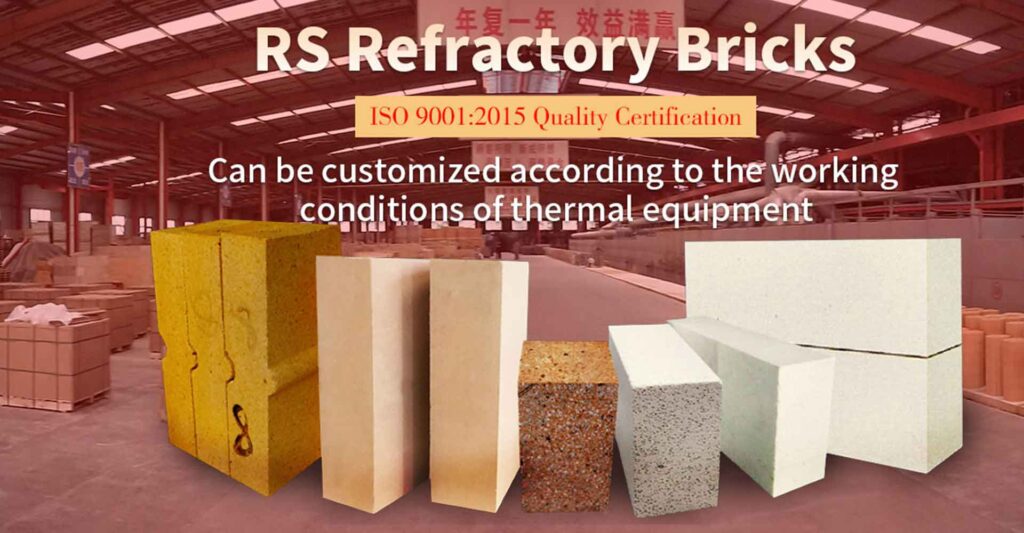
Refractory for sale, get detailed refractory materials for sale from the Rongsheng refractory factory. Send us an email to get the latest price information for refractory bricks. If you want more accurate refractory brick price information, please attach your industrial furnace type, the working environment of refractory brick lining, and other information in the email. If you have special requirements for the brick type or indicators of refractory bricks, please let us know by email. I believe that after communicating with the refractory factory, you will definitely buy the most suitable refractory brick products for your production needs.

